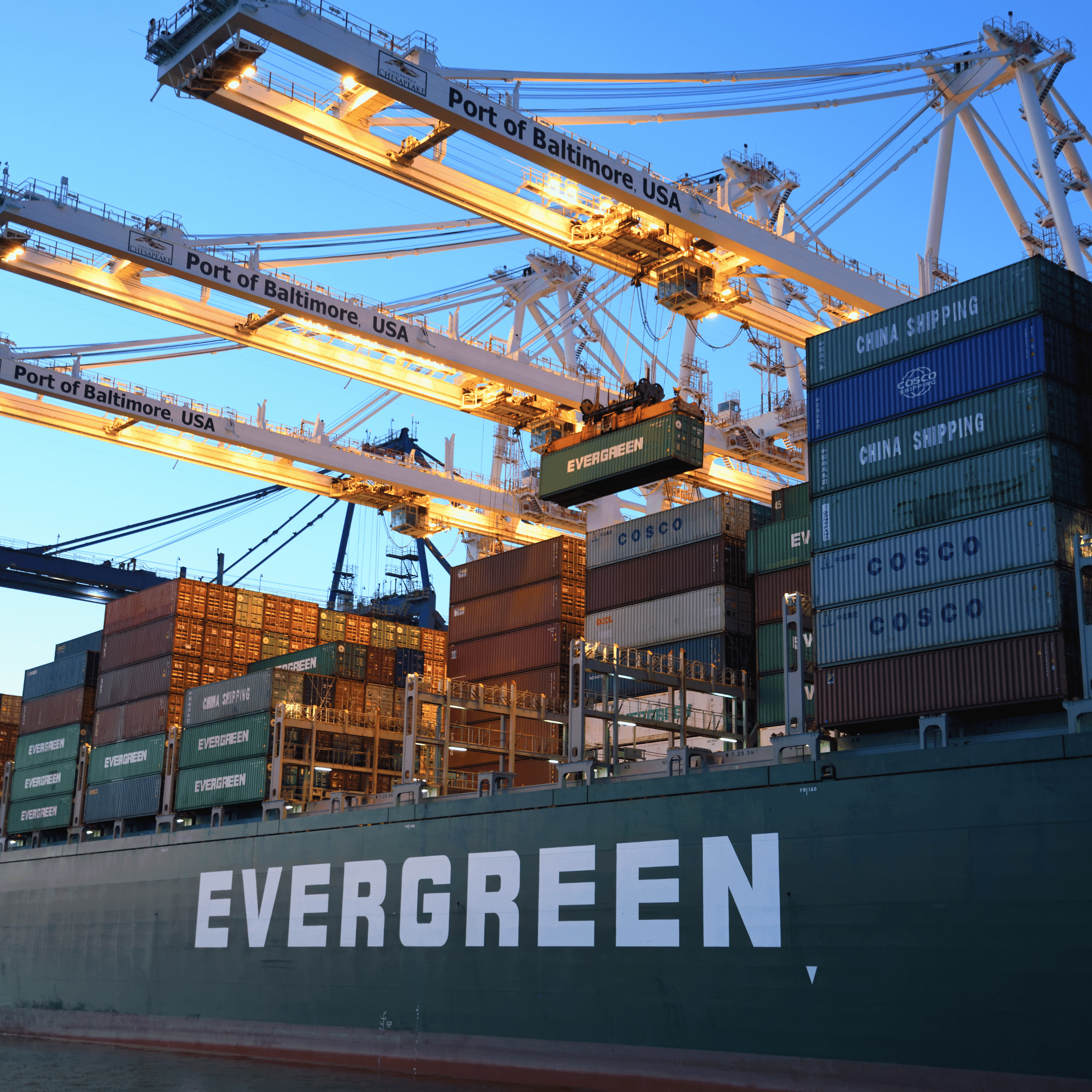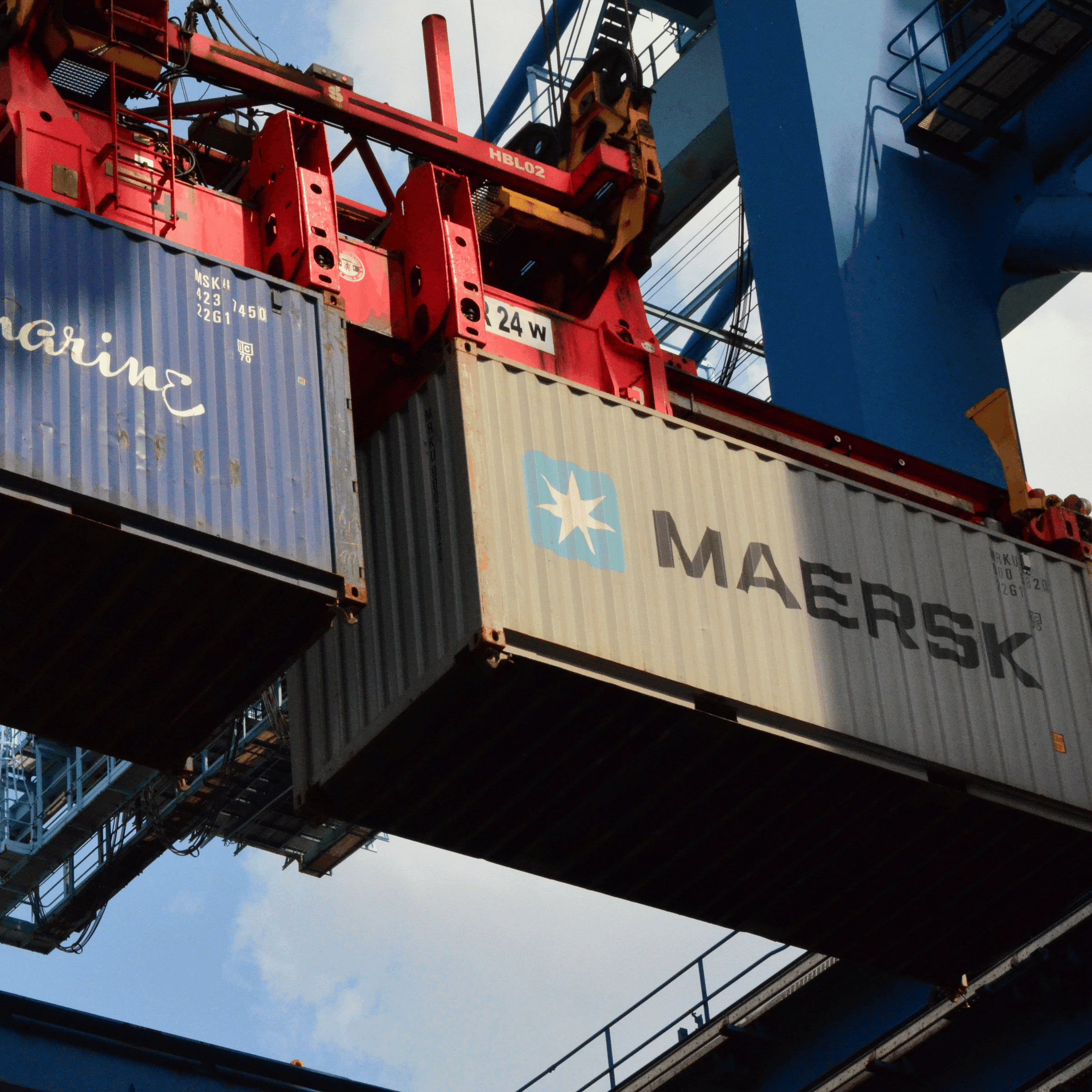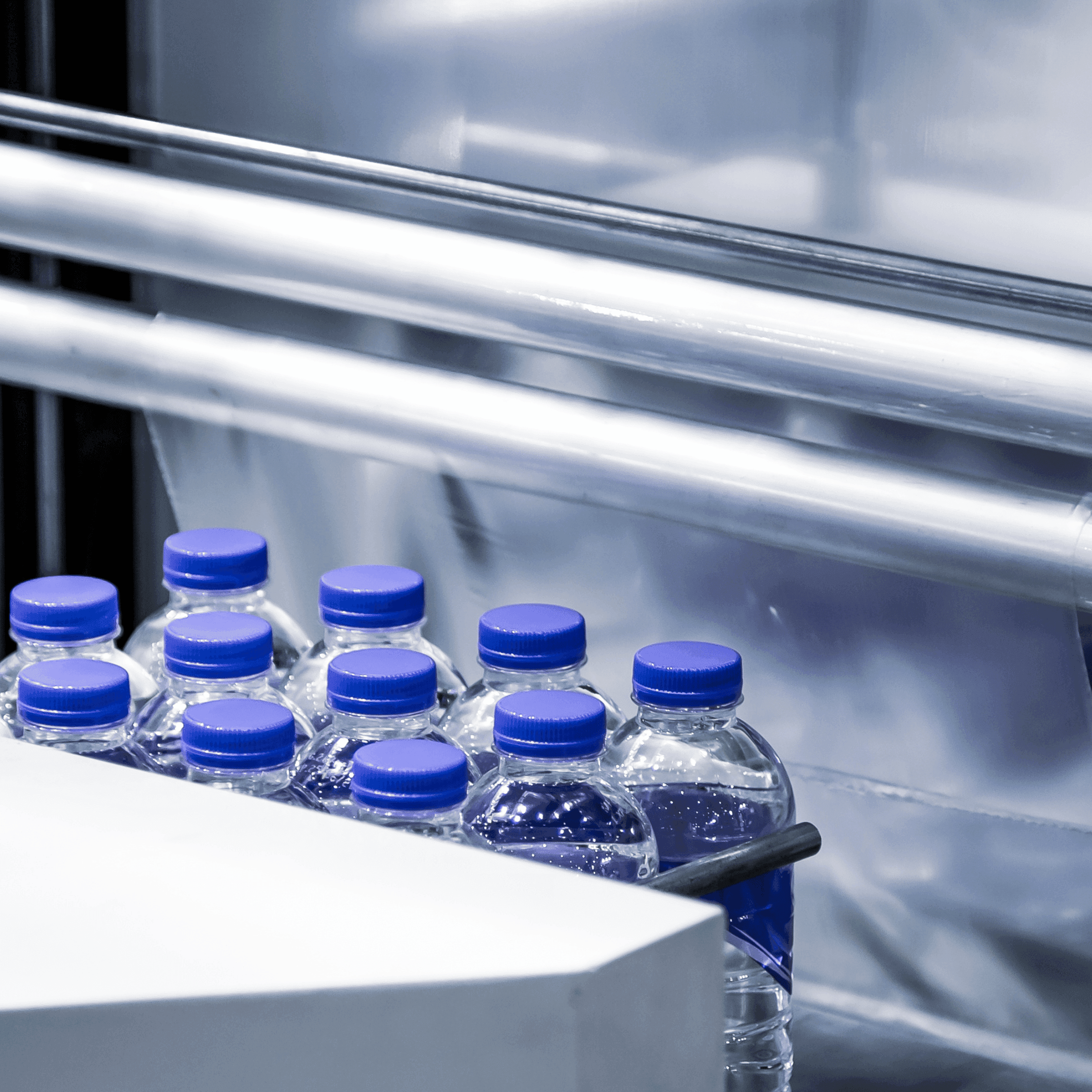A “milk run” in logistics refers to a specific type of delivery and supply chain strategy that optimizes transportation and . The term originates from the historical practice of milk delivery, where a single truck would make numerous stops to deliver milk to various customers and, in some cases, collect empty bottles to return to the dairy.
In modern logistics, a milk run involves a vehicle following a specific route to pick up or deliver goods at multiple locations. This approach contrasts with the traditional system where each supplier sends goods individually to a customer or warehouse, often resulting in less efficient, half-full, or even empty trips.
The milk run method offers several advantages:
Efficiency in Transportation: By consolidating shipments from various suppliers, milk runs reduce the number of trips needed. This not only cuts down transportation costs but also minimizes the environmental impact by reducing fuel consumption and emissions.
Inventory Management: Milk runs support just-in-time (JIT) inventory systems, where materials arrive only when they are needed. This reduces the need for large storage spaces and minimizes the capital tied up in inventory.
Improved Supplier Relationships: Regular, scheduled milk runs can strengthen the relationship between a company and its suppliers. This consistency allows for better planning and communication, potentially leading to more favorable terms and cooperation.
Flexibility and Responsiveness: The milk run system allows companies to be more responsive to changes in demand. Since routes are regularly scheduled, it’s easier to adjust the frequency or quantity of deliveries in response to changing needs.
Reduced Handling and Damage: As goods are consolidated, they are handled less frequently, reducing the risk of damage during transit. This is particularly important for fragile or sensitive goods.
Despite these advantages, milk runs also have challenges. They require careful planning and coordination between all parties involved. The routes and schedules must be meticulously designed to ensure efficiency, and any disruption (like a supplier missing a shipment) can affect the entire run. Moreover, it might not be suitable for all types of goods, especially those with specific transportation requirements or those needing rapid, direct delivery.
Industries Who Utilize Milk Runs
The milk run system is not limited to any single industry; rather, it is a versatile logistics strategy applicable across various sectors. Below are some of the key industries that commonly utilize milk runs:
Automotive Industry: This is perhaps one of the most prominent sectors where milk runs are extensively used. Automotive manufacturers often require regular and timely delivery of parts from multiple suppliers. Milk runs facilitate the efficient transport of these parts, ensuring that assembly lines are never halted due to part shortages.
Retail and Supermarkets: Retail chains, especially supermarkets, use milk runs to replenish their shelves regularly. This ensures that products are always available for customers, while also minimizing storage needs in the backroom.
Manufacturing: Beyond automotive, other manufacturing industries like electronics, machinery, and consumer goods also implement milk runs. They help in maintaining a steady flow of raw materials and components from various suppliers to the manufacturing plants.
Pharmaceuticals: The pharmaceutical industry requires a consistent and reliable supply chain to transport sensitive and sometimes temperature-controlled products. Milk runs in this sector are crucial for timely deliveries to hospitals, pharmacies, and research facilities.
Ecommerce and Distribution: giants and distribution centers use milk runs for both inbound logistics (receiving goods from various suppliers) and outbound logistics (delivering orders to customers). This system helps in managing the vast and complex network of deliveries inherent in ecommerce.
Healthcare: Hospitals and healthcare facilities benefit from milk runs for regular deliveries of medical supplies, equipment, and pharmaceuticals. This ensures that critical medical materials are always on hand.
Food and Beverage Industry: Similar to the original concept of milk delivery, the food and beverage industry uses milk runs for fresh food deliveries from farms to stores or centers, as well as for the distribution of products to various retail outlets.
Construction: The construction industry utilizes milk runs for the delivery of building materials from various suppliers to construction sites, helping in managing the flow of materials and reducing storage space on-site.
Aerospace: In aerospace, where the timely supply of parts is critical, milk runs are used to ensure a steady flow of materials and components from a network of suppliers to manufacturing and assembly facilities.
In conclusion, the milk run approach in logistics is a strategic method to streamline transportation and inventory management. By consolidating deliveries into a single route, companies can achieve greater efficiency, lower costs, and improved supplier relationships, although it requires careful planning and coordination to be effective.






